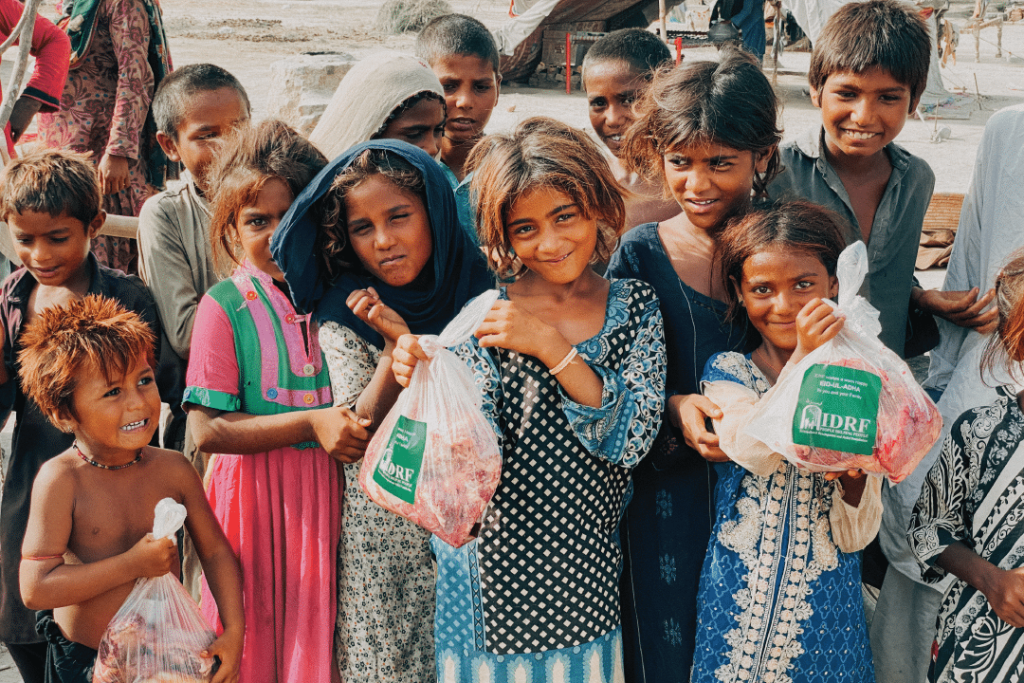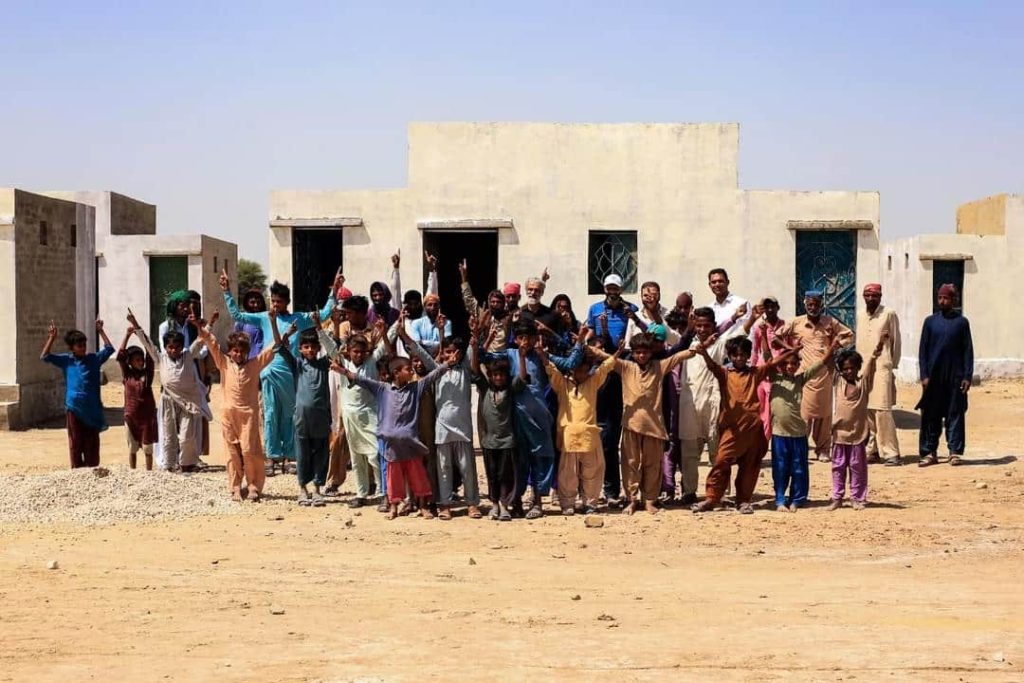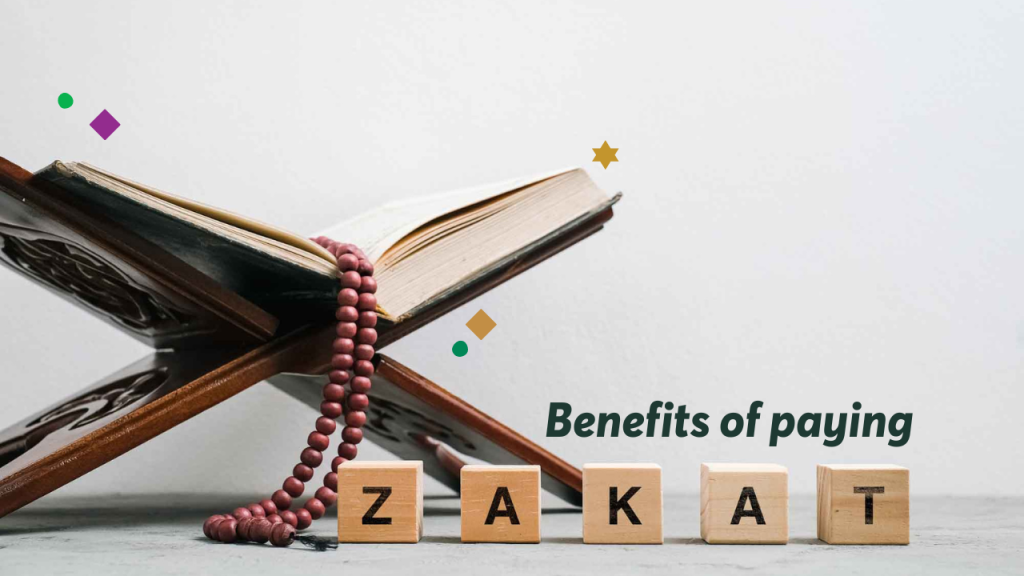What is Qurbani/Udhiya?
The word “qurbani” means sacrifice in many languages, and the word “udhiya,” in Arabic, refers to the specific animal that is sacrificed on Eid ul Adha. This sacrifice is made by the head of the household on behalf of the family. It can either be a sheep, goat, a portion of a camel or a portion of a cow. The animal must be healthy (young, not sick or disabled) and must be taken care of properly before Eid.
“Therefore turn in prayer to your Lord and sacrifice (to Him only).” [al-Kawthar 108:2]
Understanding the purpose of Qurbani this Eid ul Adha 2023
As is the case with many acts of worship, this act of sacrifice serves a greater purpose. A communal purpose. This sacrifice is intended to be shared with those less fortunate as an act of charity. Just as Zakat ul-Fitr ensures that people have food to eat on Eid ul-Fitr, the sacrifice and distribution of meat on Eid ul Adha ensures the same for this holiday and time of celebration. For most families facing food insecurity and malnutrition, meat is a luxury. The important proteins and nutrients that come from meat are something they’re deprived of until this one special occasion. This is especially important for children who may face multiple nutrient deficiencies. With your help, we can provide these families with the vital nutrients needed for improved health and growing children.
Muslims who are financially able are encouraged to perform Qurbani as a form of worship and to demonstrate their devotion to God. The act of sacrificing an animal on Eid ul Adha symbolizes selflessness, submission to God’s command, and the willingness to give up something valuable for the sake of others. Qurbani also serves as a reminder of the importance of sharing and caring for the less fortunate in society.
The meat from the sacrificed animal is divided into three parts: one-third is given to the needy and less fortunate, one-third is shared with family and friends, and one-third is kept for personal consumption. This practice is done on Eid ul Adha and promotes generosity, community, and social responsibility, fostering compassion and solidarity among Muslims.
Overall, the purpose of Qurbani is to express gratitude, strengthen faith, and promote charity and empathy toward others, following the example set by Prophet Ibrahim (S.A) and his dedication to God.
Is there anything else I should do as part of the rites of Qurbani? (Can I cut my nails? My hair?)
This sacrifice is closely linked to Hajj. Those performing Hajj will also be making this sacrifice. So the person who intends to sacrifice an animal takes on some of the practices and prohibitions that come with performing Hajj. One such recommended act is to avoid cutting your hair and nails in Dhul’Hijjah, during the days leading up to Eid ul Adha, until after the sacrifice is made. There’s no problem with washing or bathing, and if a nail breaks there’s no issue with removing it. If one does want to cut their hair or nails, they would not be sinful and there is no effect on their udhiya offering. They would, however, miss out on the rewards of drawing near to participating in the Hajj and honoring its rites. Keep in mind, these restrictions don’t apply to everyone, only the person offering the sacrifice (ie. the head of the household.

Rituals and Preparation of Qurbani 2023
In addition to this, the rites performed during Qurbani typically follow a specific procedure, which includes:
- Intention (Niyyah): Before performing the sacrifice, the person must have a clear intention or niyyah to carry out the Qurbani solely for the sake of pleasing Allah and following the example of Ibrahim.
- Choosing the animal: The animal to be sacrificed should meet certain criteria, including being of a certain age and in good health. The selection varies depending on the region and the availability of livestock.
- Takbeer: On the first day of Eid ul Adha, after the congregational prayer, Muslims recite the Takbeer, which is the declaration of the greatness of Allah. This includes the phrase “Allahu Akbar” (Allah is the greatest) and is recited in unison to express joy and gratitude.
- Preparing the animal: The person performing the sacrifice or a designated slaughterer ensures that the animal is treated with kindness and compassion. The animal should be well-fed and provided with water before the sacrifice.
- Reciting the name of Allah: Just before the act of sacrifice, the person performing the ritual says the name of Allah, such as “Bismillah, Allahu Akbar” (In the name of Allah, Allah is the greatest), to remember and acknowledge the sanctity and purpose of the act.
- Slaughtering the animal: This is done with precision and skill to minimize pain and suffering. It is essential to ensure a swift and merciful sacrifice
- Distribution of meat: After the sacrifice, the animal is divided into three equal parts. The act of sharing the meat on Eid ul Adha symbolizes the importance of generosity, kindness, and community support.
It’s worth noting that Qurbani is not obligatory for all Muslims. It is primarily performed by those who can afford it and meet certain financial criteria. The purpose of Qurbani is to demonstrate devotion, obedience, and gratitude to Allah, as well as to share blessings and help those in need.
“When you see the new moon of Dhul-Hijjah, if any one of you wants to offer a sacrifice, let him not take anything from his hair or nails until he has offered the sacrifice.” – Sahih Muslim


